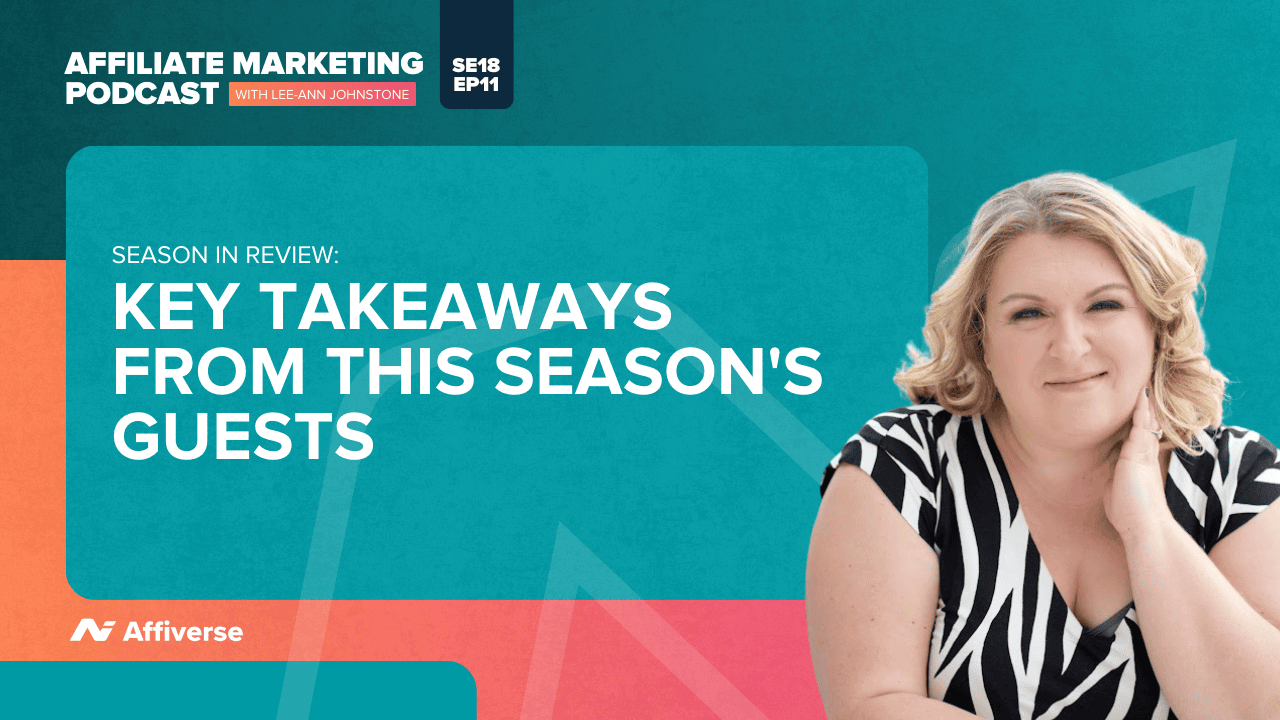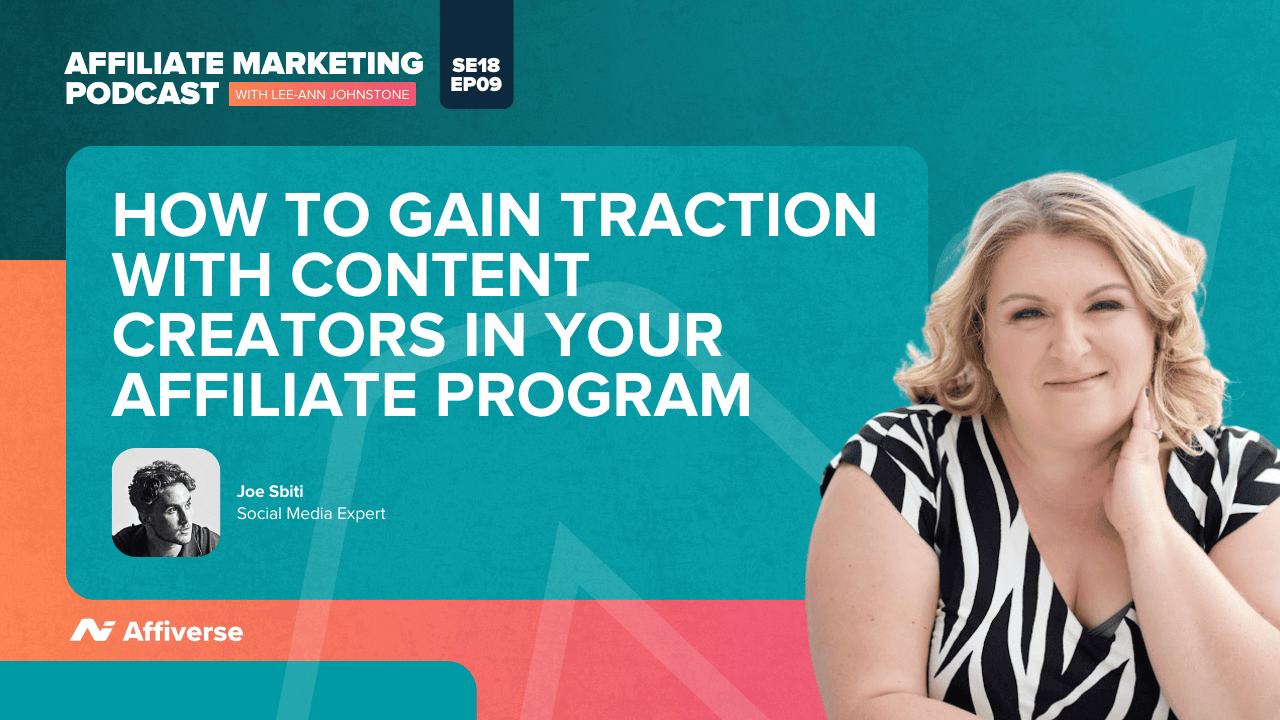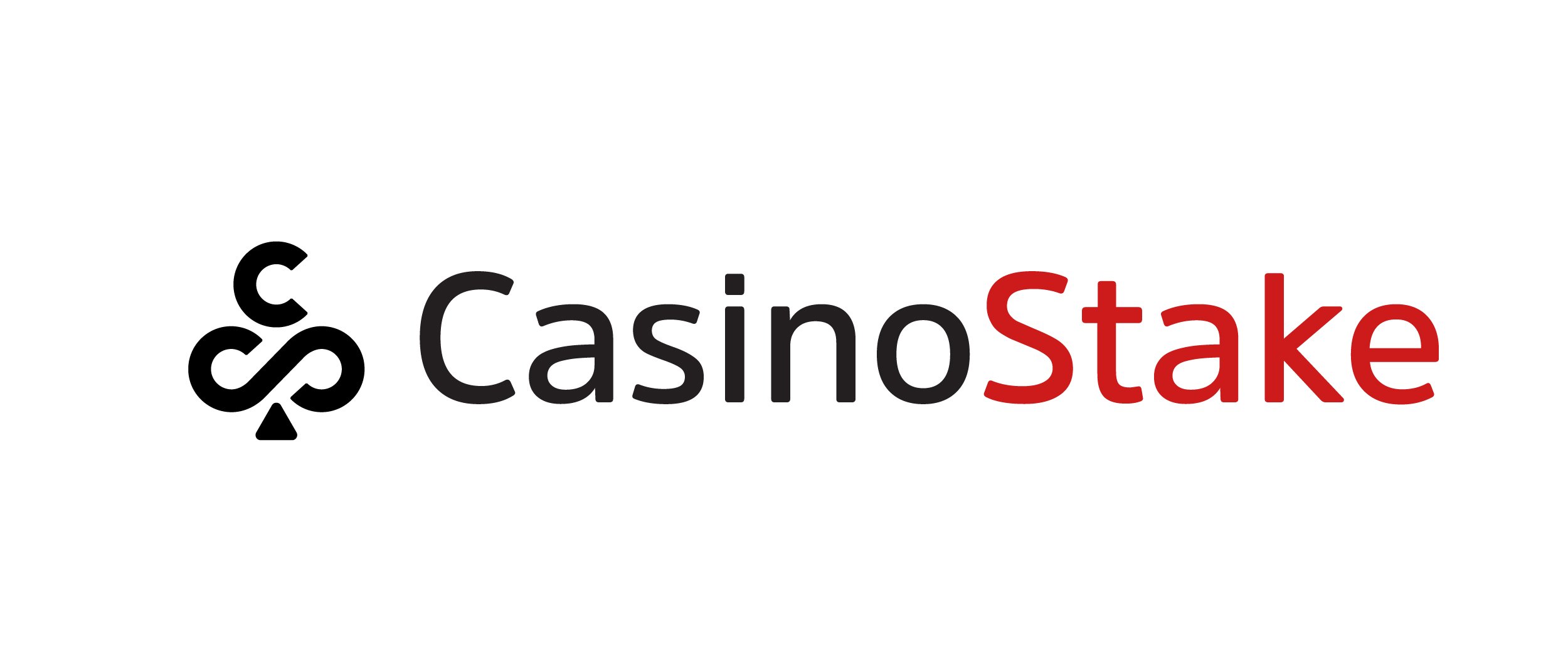What is your target market? Well, in some sense it’s a demographic or an audience: a group of people you’re looking to reach with your marketing message. It is the homing beacon of your marketing campaign, informing every decision in an attempt to home in on who exactly is going to watch your content, be interested in your brand, or buy your product or service.
So how do you define your target market? How do you determine who you’re aiming for and why? Take a look at our guide to defining your target market so that you can then aid your marketing campaign towards it.
Why not target anyone?
Using your marketing campaign like a hose on spray mode over your audience isn’t going to help anyone. You can’t target anyone because what would that even look like? A teleshopping presenter listing the merits of your product? Even that’s got a demographic: the kind of people who watch teleshopping. They often don’t have a 9-5 job, are considered older because they prefer it to online shopping and have expendable income.
To try and appeal to everyone will only result in appealing to no one. People you don’t expect are likely and gratefully permitted to enter the fray and buy your product, but your marketing style and who it’s targeted at will tell them what product they’re buying.
Define what you offer
The first step of figuring out what who your core demographic is, is to define what you intend to offer them. There’s no point in trying to appeal to children with… gambling content, for example. Not least for the regulations around such things. Aiming for a demographic is putting the cart before the horse. Look at your what you’re offering and make an educated guess on the basics of who would be interested in it.
But the larger lesson here is to pick something specific and focus on it. If you, for example, decide you want to start being a YouTuber but don’t know or care about what content you intend to make, you won’t hook any audience. Your audience will be interested in one video but won’t stick around because the rest of your content is all over the place. In order to define a target market, you need to define what you offer. Because the content creator marketplace is full of teenagers giving this new idea a try without any business education, this element is often skipped for a “throw everything at the wall and see what sticks”. That is a legitimate way to test the waters, but once you find what sticks you need to stick to it as much as possible.
Use your data
Data is vital to determining your target audience. Once you get a few purchases, take a look at who has been buying your items. Understand the broad and defining characteristics of your buyers. Chances are you’re not going to meet them individually to gain a profile of each, so that’s where the data comes in.
Your best bet is your CRM here. Your customer relationship management is becoming a standard for businesses of all sizes and is invaluable in turning customer data into actionable moves. It uses information from all of your social media channels to determine your customers and prospects.
Research the competition
Of course, an easy way to get some ideas about what you should be doing is to look at the market you’re in. Look at your competitors and see what they are doing right and wrong. What do their customers say on their socials? Because they will tell them. Take note of anything worthy of mention or recurring comments on what they like about the brand and see if you can put your own spin on it.
Create a target market statement
Now it’s time to distill everything you’ve found into one statement. You are looking to define your target market with this statement, and it goes towards creating a brand positioning statement. It should contain the noticeable defining characteristics that you intend to target. Don’t be vague with it either. Don’t aim for “women over 20”. Think about lifestyle. For example, rather than focusing on “people who live in the city”, focus on people who live in an urban area of a city, or have a specific need for your product. Do they like technology? Do they care about the environment? Think about what might compel someone to buy your products.
If you’re interested in gaining more insider knowledge on affiliate marketing, take a look at our blog, or for more personalized advice, book a free call with a member of our team.
Or for the very best advice, get your tickets to gain access to our Elevate Summit. You will have your hands on over 14 hours’ worth of quality content featuring expert advice from industry greats speaking at talks, panels, and workshops.




















